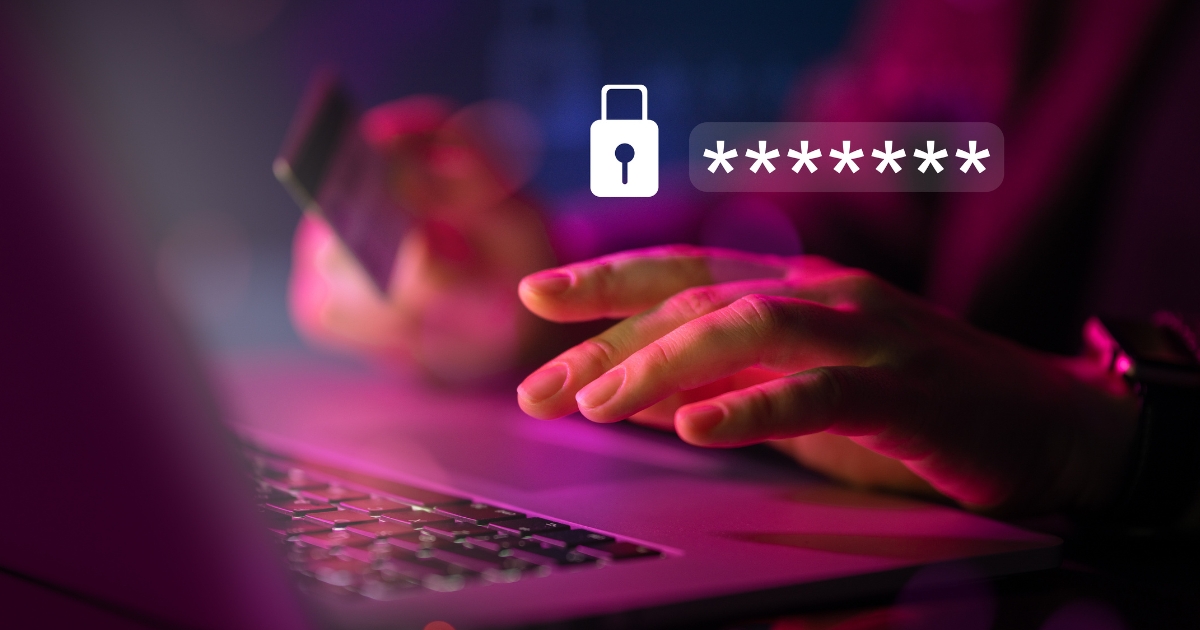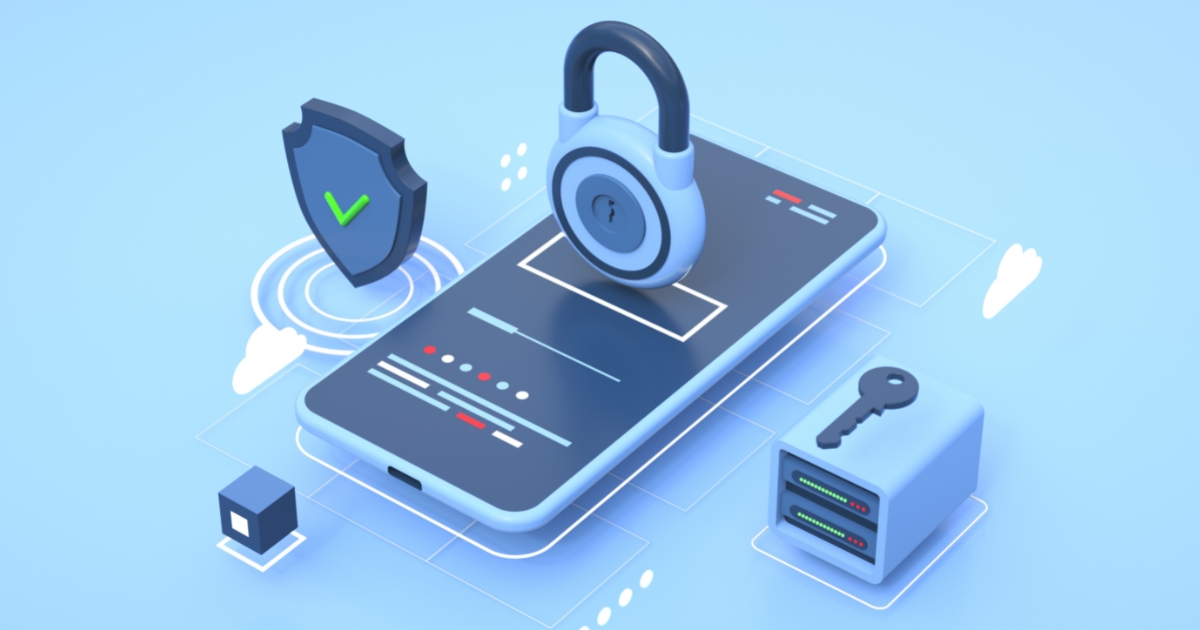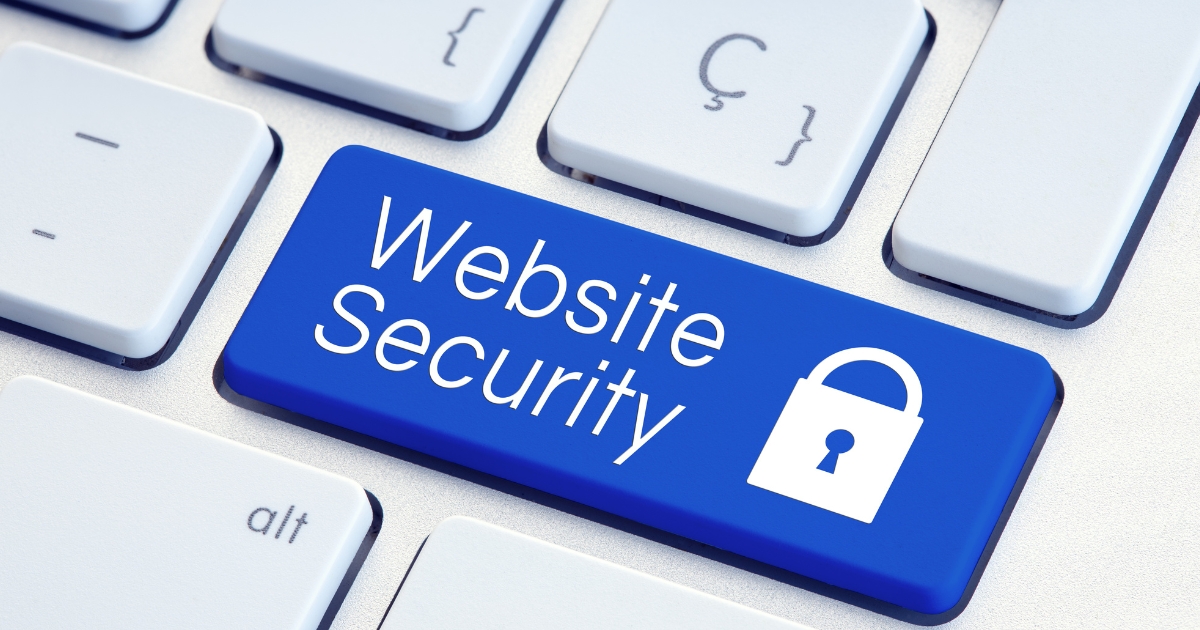Website security
Website security is the practice of protecting websites from unauthorised access, use, modification, or destruction. With the increasing amount of sensitive information being stored and transmitted online, website security has become a critical issue for businesses and individuals alike. A secure website not only helps protect sensitive information such as passwords, financial data, and personal information, but it also helps establish trust and credibility with website visitors. Website security involves implementing measures such as secure login processes, encryption, firewalls, antivirus software, and regular backups to safeguard against various types of cyber threats including malware, phishing attacks, and SQL injection attacks. It is important for website owners and developers to be aware of these risks and take appropriate steps to ensure the security of their website and the data it contains.
The importance of website security
The importance of website security cannot be overstated in today’s digital age. Cyber-attacks and data breaches are on the rise, and websites of all types are vulnerable targets. A breach of website security can result in the loss of sensitive data, including personal information, financial details, and confidential business data. This can lead to legal and financial consequences, as well as damage to the reputation and trust of a business. Moreover, website security is essential for the protection of website visitors who trust the website with their personal information. A secure website assures visitors that their data is being handled responsibly and will not be used for malicious purposes. In short, website security is critical for protecting the privacy and security of website owners, visitors, and their data. Therefore, it is imperative for businesses and individuals to take website security seriously and implement proper measures to secure their websites against potential cyber-attacks.

Common website security threats
Website security threats are a constant concern for website owners and administrators. Some of the most common website security threats include hacking, malware, phishing, and DDoS attacks. Hackers can exploit vulnerabilities in the website’s code or server to gain unauthorised access to sensitive information or inject malicious code. Malware is another threat that can infect the website’s visitors’ devices with malicious software. Phishing is a type of scam where attackers try to trick users into giving away their login credentials or other sensitive information. DDoS attacks are designed to overwhelm the website’s servers with a flood of traffic, causing the website to become unavailable to legitimate users. To prevent these threats, website owners should implement strong security measures, such as using SSL certificates, regularly updating software, and conducting regular security audits.

Best practices for website security
Website security is essential to protect sensitive information and maintain the trust of website visitors. There are several best practices that website owners can follow to improve website security.
Using strong passwords
Website owners should use strong and unique passwords for all user accounts and backend access. Strong passwords are more complex and difficult to guess, making it harder for hackers to gain unauthorised access to sensitive information. It is recommended that passwords be at least 12 characters long, use a combination of upper and lowercase letters, numbers, and symbols, and not include common words or personal information. It is also important to change them periodically to stay secure.
Conducting regular security updates
Website owners should regularly update their website’s software, including content management systems and plugins, to prevent vulnerabilities. Software updates often contain important security patches that address vulnerabilities that hackers can exploit to gain unauthorised access or compromise sensitive information. Failure to update plugins and software can leave a website vulnerable to security breaches and other cyber threats.
Use SSL
Website owners should use SSL (Secure Sockets Layer) certificates to encrypt data transmitted between the website and its users. SSL is a protocol that encrypts data sent between a user’s browser and a website’s server, making it difficult for hackers to intercept or access the information being exchanged. This is especially important for websites that require users to input personal or financial information, such as credit card numbers or login credentials. Without SSL, this information can be easily intercepted and compromised, leaving users vulnerable to identity theft or fraud.
Implement firewalls and other security measures
Website owners should also implement firewalls and other security measures to prevent unauthorised access to the website’s server. Firewalls act as a barrier between a website’s server and the internet, filtering out malicious traffic and preventing cyber criminals from gaining access to sensitive information. Without a firewall, a website is vulnerable to attacks such as distributed denial of service (DDoS) attacks, which can overload the server with traffic and cause the website to crash. Firewalls can also detect and block malware, preventing it from infecting the website’s server and potentially compromising sensitive information.
Conduct regular security audits
Website owners should conduct regular security audits to identify and address potential security issues. A security audit is an evaluation of a company’s digital security posture, which includes assessing the current security protocols, identifying vulnerabilities, and recommending solutions to improve overall security. Regular security audits help to identify weaknesses and areas that require improvement, allowing companies to proactively address potential security risks before they become major problems. By conducting regular security audits, companies can prevent data breaches, reduce the risk of financial loss, and protect their reputation.

Firewalls and intrusion detection
Firewalls and intrusion detection systems (IDS) are essential components of network security. Firewalls are hardware or software-based security systems that monitor and filter incoming and outgoing network traffic based on a set of predetermined rules. This helps to prevent unauthorised access and block traffic from known malicious sources. Intrusion detection systems, on the other hand, are designed to detect and respond to unauthorised access or activity on a network. IDS can be classified as either host-based or network-based, depending on whether they are installed on individual devices or on the network itself. These systems can detect and alert administrators to potential security breaches and can be configured to automatically block or quarantine suspicious activity. Together, firewalls and IDS can provide a layered defence against network threats and are essential components of any comprehensive network security strategy.

Monitoring and responding to security breaches
Monitoring and responding to security breaches is a critical part of maintaining the security of any system. Organisations should have systems in place to monitor their networks and applications for any unusual activity or security threats. When a security breach occurs, a rapid response is essential to minimise the damage and prevent further breaches. The response should involve isolating affected systems, preserving evidence, and investigating the incident to determine the extent of the damage and the root cause of the breach. The response team should include representatives from IT, security, and legal departments. The team should also have a plan in place to communicate with affected customers or stakeholders and to notify the appropriate authorities if necessary. After a security breach, it is essential to conduct a thorough review of the incident to identify areas for improvement and to implement changes to prevent similar incidents from happening in the future.

Importance of user education and awareness
User education and awareness play a vital role in maintaining the security of any organisation. Many security breaches occur due to user error, such as clicking on a phishing link or using weak passwords. Therefore, educating users on how to recognise and avoid security threats can go a long way in preventing security breaches. Users should be trained on password management, safe browsing habits, and how to recognise phishing emails or suspicious websites. Additionally, users should be encouraged to report any suspicious activity or security incidents promptly. Organisations should also implement policies and procedures for data handling and security and ensure that all employees are aware of these policies. By making user education and awareness a priority, organisations can create a culture of security and minimise the risk of security breaches caused by human error.

Taking the next steps for website security
Website security threats are a constant concern for website owners and administrators, and it is essential to take steps to prevent them. Best practices for website security include using strong passwords, regularly updating software, implementing SSL certificates, and conducting security audits. In addition, firewalls and intrusion detection systems can provide a layered defence against network threats. Monitoring and responding to security breaches is also critical to minimise the damage and prevent further breaches. Finally, user education and awareness are vital to preventing security breaches caused by human error. The next steps for website security include staying up-to-date with the latest security trends and threats, implementing the latest security technologies and strategies, and continuing to educate and train users on safe browsing habits and data handling practices. By prioritising website security, organisations can protect their sensitive information and maintain the trust of their website visitors.

Protect your business and customers: take action to improve your website security today!
Did you know that implementing strong website security measures can protect your sensitive information and maintain the trust of your website visitors? Take action today to improve your website security by following best practices, such as using strong passwords, regularly updating software, implementing SSL certificates, and conducting security audits. Consider implementing firewalls and intrusion detection systems for a layered defence against network threats. Monitor and respond to security breaches promptly and educate your users on safe browsing habits and data handling practices. By prioritising website security, you can minimise the risk of security breaches and protect your business and customers’ sensitive information. Take action today with Jeremy Dawes to ensure your website’s security and maintain the trust of your customers.

